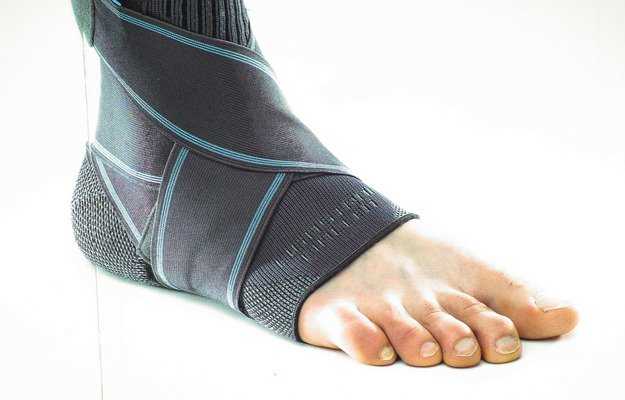What is pityriasis rubra pilaris?
Pityriasis rubra pilaris (PRP) is a group of rare skin disorders in which inflammation and red-coloured scaly patches appear on the skin. PRP may affect the entire body or some specific areas such as the soles of feet, elbows, knees and palms. The skin of the hands and feet is usually involved in this condition and is thickened. Sometimes, this condition is incorrectly diagnosed as psoriasis. Men and women of all age groups and race may be affected. Types of PRP include:
- Classical adult onset
- Classical juvenile onset
- Atypical adult onset
- Atypical juvenile onset
- Circumscribed juvenile
- HIV-linked
What are its main signs and symptoms?
Symptoms of PRP progress with time and affect the nails, skin, eyes and mucous membranes. The symptoms include the following:
- Thickening of the surface of the palms and soles
- Discolouration, thickening and shedding of nails
- Dryness of the eyes
- Thinning of the hair
- Sleep disturbances
- Persistent pain
- Itching
- Irritation in the mouth
Although it is not a severe condition, PRP hampers routine chores.
What are the main causes?
In most cases of PRP, the cause is unknown. Some causes include:
- Unknown genetic factor combined with environmental factors
- Gene mutations
- Abnormal immune response
How is it diagnosed and treated?
Diagnosis is generally made by a physical examination of the skin to check the presence of lesions. A skin biopsy is performed by taking a skin sample from the affected area to confirm the diagnosis and to rule out any other skin condition that appears like PRP.
The healthcare provider generally prescribes the following treatment:
- Skin creams containing urea, retinoids, lactic acid and steroids.
- Skin creams with an emollient action are prescribed to treat dryness and cracking.
- Oral pills containing isotretinoin, methotrexate or acitretin.
- Light therapy that involves the appropriate exposure of the affected areas of the skin to ultraviolet light.
- Medicines that alter the immune system are under study and may be useful.
















